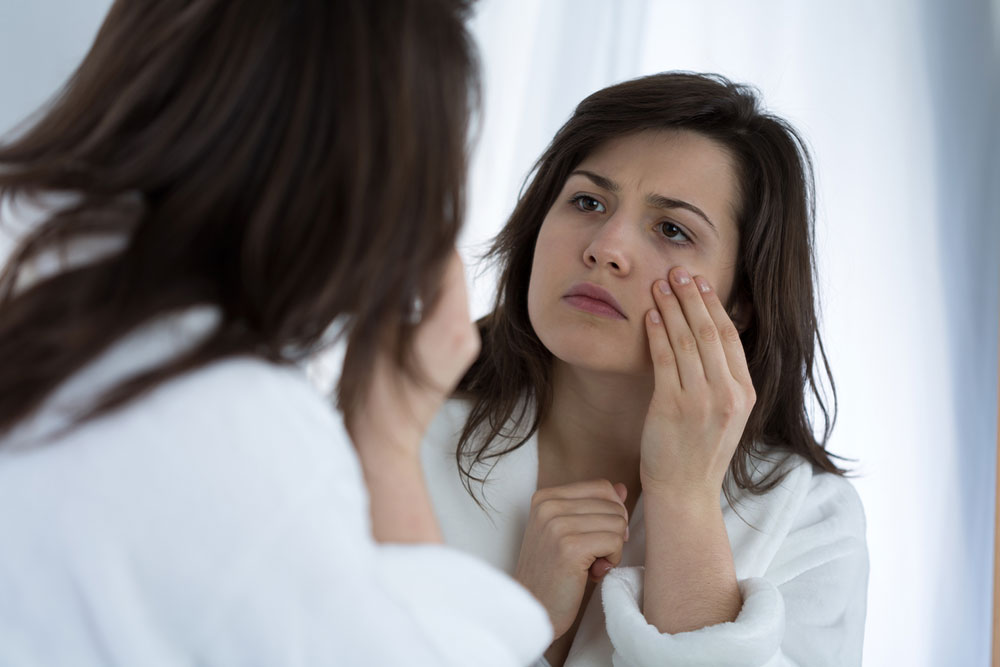Common Signs and Symptoms of Eye Diseases
Eyes are the most complex organs in the entire human body. The cornea, iris, pupil, lens and retina are the different parts of an eye that work together to ensure clear vision. Eye diseases are a global health issue and adversely affect the mental and physical health of a person. A person affected with eye diseases may sink into depression and face social withdrawal too. Moreover, a significant loss in the quality of life is expected in affected people due to impairment in day to day activities.

According to a report, cataract affects 24.4 million Americans and by the age of 75, half of the Americans develop a cataract. An estimated 2.7 million Americans has glaucoma and approximately 2.1 million have age-related macular degeneration. This data shows the high prevalence of eye disorders in the population. A few eye diseases’ symptoms are listed below. An eye issue can be suspected if a person shows symptoms related to vision, the appearance of the eye, or feels pain and sensations in one or both eyes.
Signs and symptoms of eye diseases
- Eyestrain : Eyestrain is one of the common eye diseases’ symptoms indicating long working hours on computers, continuous reading or driving. Strain in eyes indicates overuse of eyes, and the common symptom is tiredness in eyes. Whenever eyestrain is observed, give some rest to the eyes. If the symptoms persist for a few days, consult a doctor immediately.
- Red eyes : The surface of our eyes are covered with blood vessels, and they dilate during an infection or irritation. This gives a red appearance to the eyes. Red eyes can happen due to eyestrain, lack of sleep or due to an allergen. Moreover, red eyes can also indicate other eye disorders such as damage due to sun exposure or conjunctivitis. In case of persistent red eyes, an immediate consolation with an eye specialist is a must.
- Night blindness : People suffering from night blindness face difficulties in night vision. It can be due to nutritional deficiency such as vitamin A or an indicator of other eye problems such as cataract, near-sightedness or keratoconus. It can be due to genetic factors also.
- Lazy eye or amblyopia : In amblyopia, one eye does not develop properly, and one of the common eye diseases’ symptoms of amblyopia is weak eyesight.
- Blurry vision : It can affect both the eyes and it is one of the most common eye diseases symptoms associated with vision issues. Blurry vision may indicate loss of a specific part of the eye(s) and the affected person may not be able to focus clearly.
- Double vision : In a double vision, a person is unable to see clear images. It can develop due to misalignment of eyes, nausea or a headache.
- Impaired depth perception : The affected person is unable to distinguish the distance of objects from him.
- Cloudy appearance of the eyes : It may indicate cataract which develops due to protein build up in the lens.
- Color-blindness : Color-blindness is a genetic disorder and affected individuals can not differentiate between red and green colors. It develops due to absence or non-functioning of cone cells in the eye. In severe cases of color-blindness, a person only sees shades of grey. However, in a few cases, color-blindness is not genetic and can develop due to certain medications and disorders. In cases where the disorder is genetic, no treatment option is available.
- Uveitis: One of the common eye disease symptoms associated with uveitis is inflammation in uvea, a middle layer in the eye, rich in blood vessels. Uveitis can cause considerable damage to the eye and may lead to vision loss. A few common symptoms are pain, redness, and blurred vision.
- Ocular pain : In this condition, the surface of the eye and eye orbitals feel pain. It can be caused due to injury, scratch or presence of small foreign objects such as dust particles. This may damage the cornea and cause red eye.
- Age-related macular degeneration (AMD): AMD generally affects people above the age of 65. In AMD, the middle part of the retina called macula degenerates. A few eye disease symptoms associated with AMD are blurred vision, problems in reading and recognition of faces and color distortion.
- Glaucoma : Glaucoma is a group of disorders which damages the optic nerve. An increased intraocular pressure is responsible for glaucoma. It may lead to complete loss of vision.
Conclusion
Vision is a complex phenomenon. Several parts of the eye collectively work together for proper vision. Hence, any symptom or sign of disease should be taken seriously and the help of a medical practitioner is highly desirable to deal with the problem at the earliest.